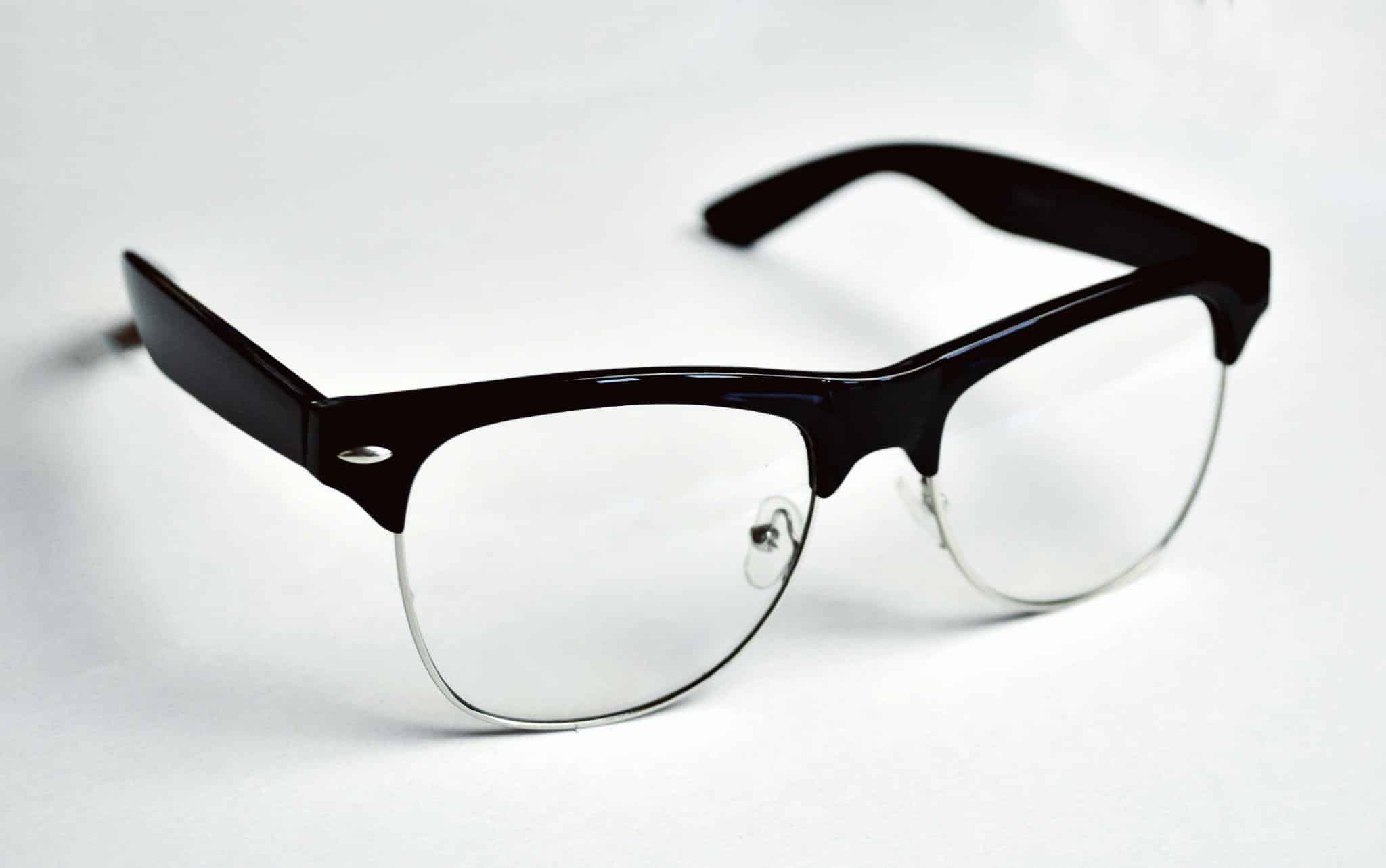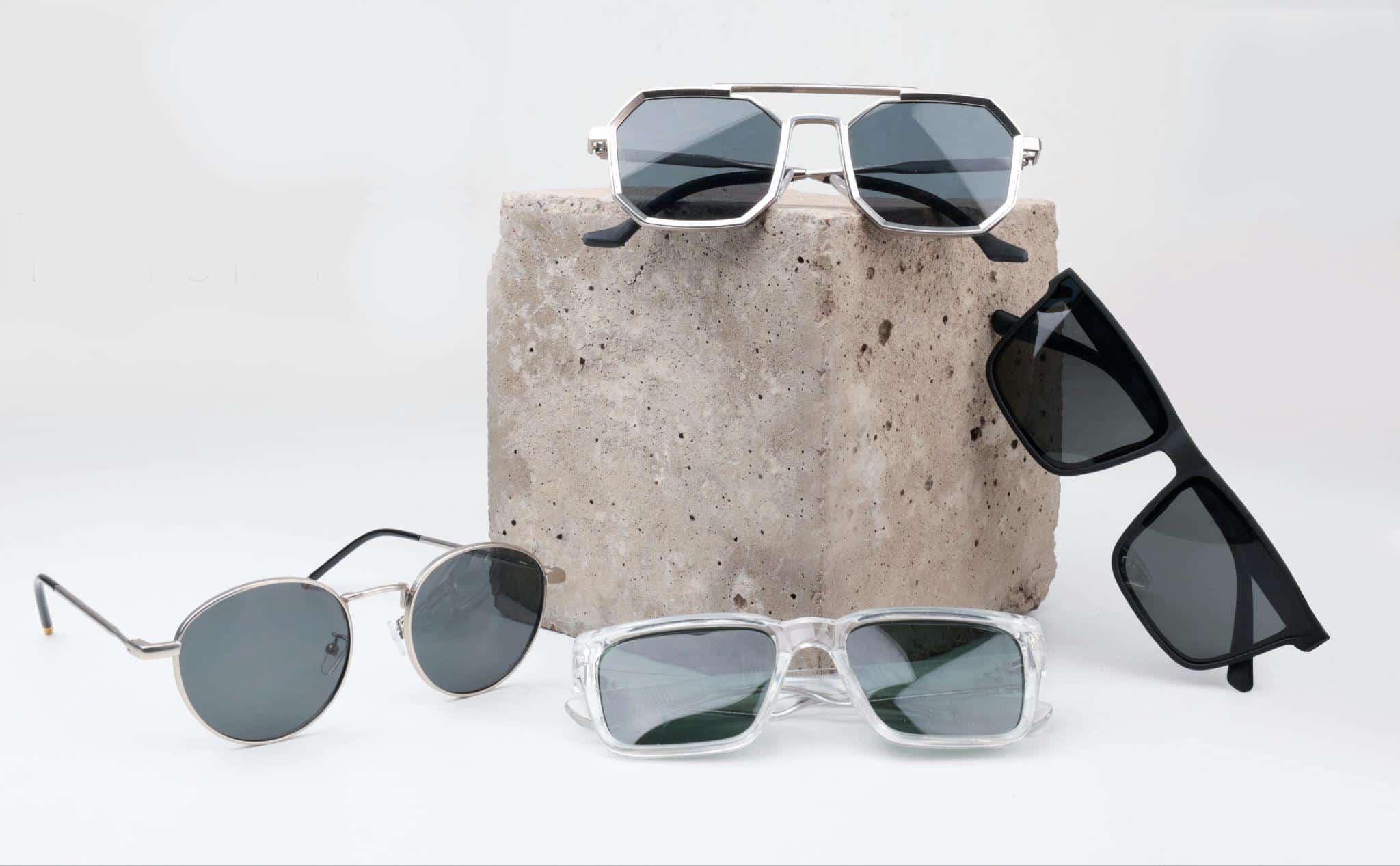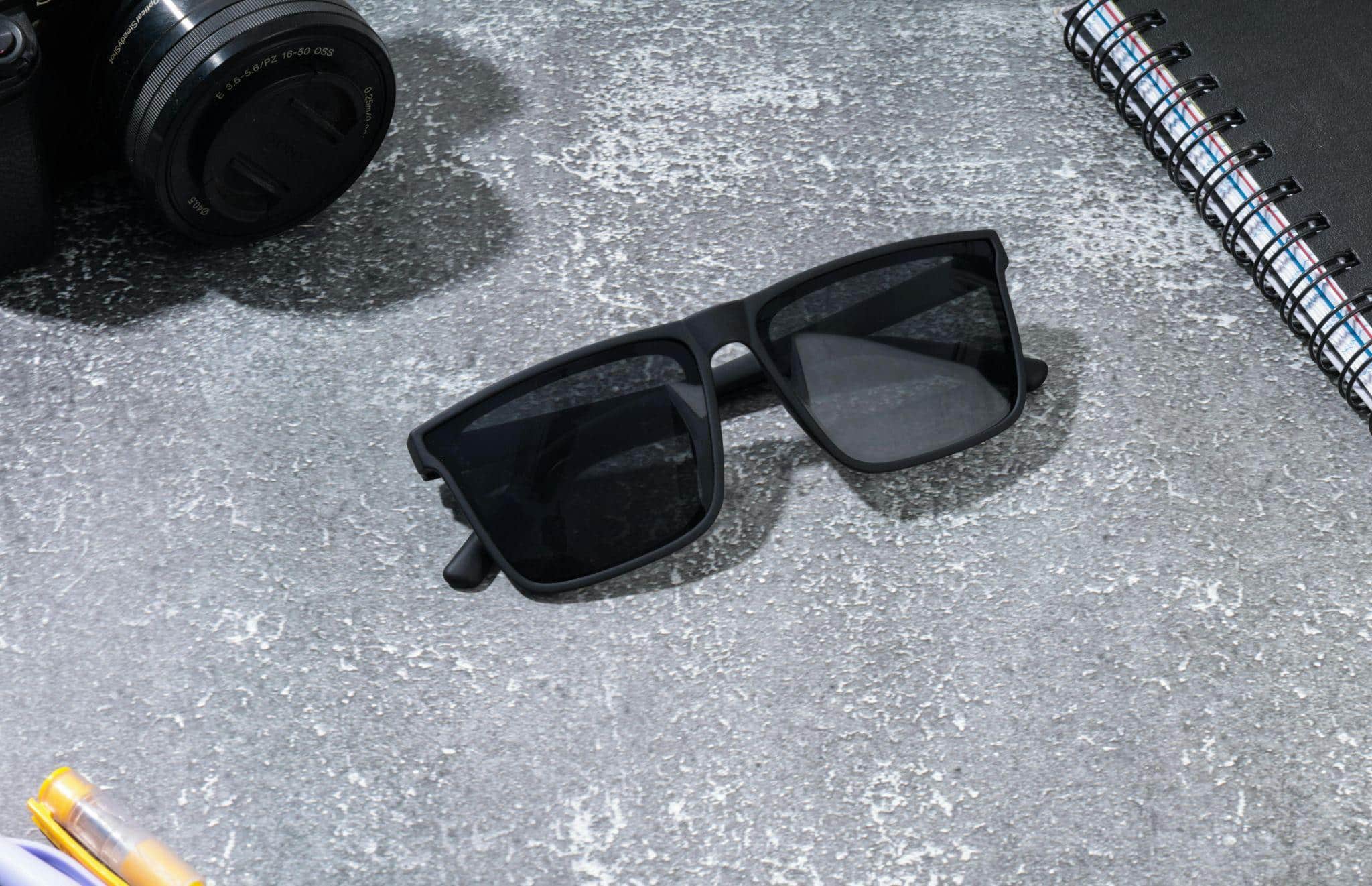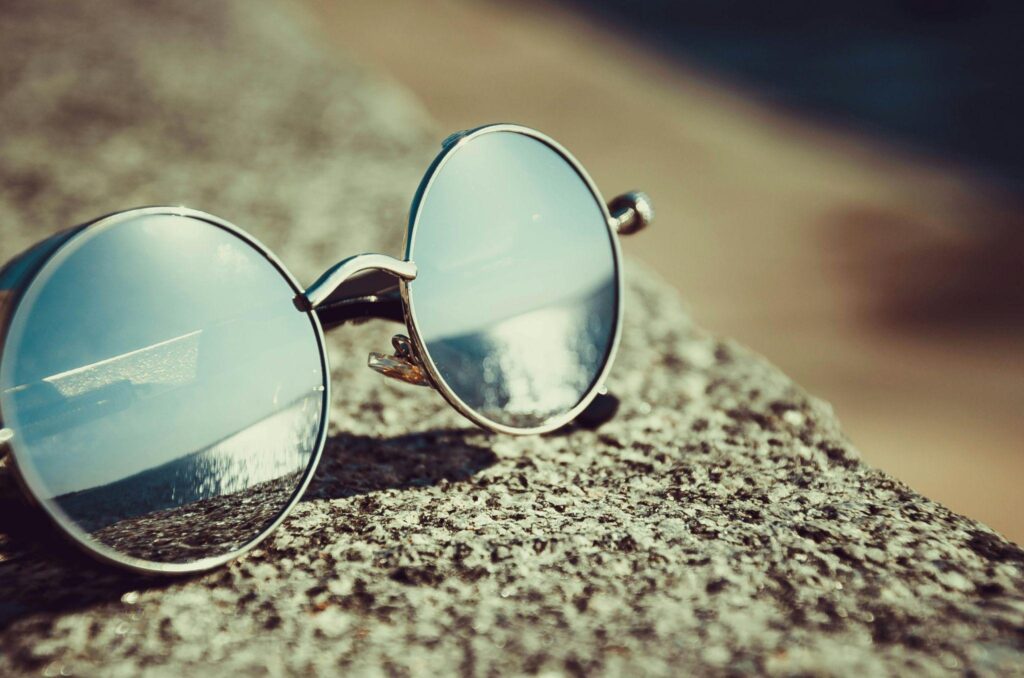Somewhere between style and necessity lies one of the most overlooked aspects of eyewear: how it fits. You can have the most advanced lenses or the most stylish frames—but if your glasses slide down your nose, pinch your temples, or leave red marks behind your ears, comfort quickly takes a back seat. That’s where the future is heading: not just better glasses, but glasses that are built precisely for you.
Eyewear is no longer a one-size-fits-all product. The shift toward custom-fit design marks a deeper realization in eye health: comfort is not cosmetic—it’s clinical. At OPTIUSA, we believe personalized eyewear is redefining the future of optical care, blending technology, ergonomic science, and design innovation to give wearers what they’ve always needed: a perfect fit.
In this ultimate guide, we’ll explore how this transformation is shaping the next generation of eye comfort.
Why Does the Fit of Eyewear Matter for Eye Health and Comfort?
It might seem like a minor inconvenience when your glasses don’t sit quite right—but those small discomforts can build into significant health concerns.
Improperly fitting eyewear can cause chronic eye strain, create tension headaches, and even interfere with how the lenses interact with your visual field. Over time, these issues impact not just how you see the world, but how well you feel in it.
A poorly adjusted frame shifts the optical center of the lens away from your line of sight, reducing the lens’s effectiveness. This misalignment forces your eyes and brain to compensate, increasing fatigue.
On a structural level, pressure points can form where the frame presses too tightly against sensitive skin, such as around the ears or the bridge of the nose.
Before you even recognize the root cause, ill-fitting eyewear can trigger a cascade of symptoms, including:
- Red marks on the nose or temples
- Constant slippage requiring readjustment
- Eye fatigue by midday
- Discomfort or soreness behind the ears
- Double vision or improper lens alignment
These problems aren’t superficial—they affect how well you perform at work, how long you can read, and how confident you feel wearing your glasses in the first place.
What is Custom-Made Eyewear?
Unlike mass-produced eyewear that follows generic facial templates, custom-made eyewear is designed to fit your unique facial contours, prescription needs, and even lifestyle demands. From nose bridge width to lens height, every variable is adjusted to match the individual.
In traditional frames, you’re forced to adapt your face to the glasses. With custom eyewear, the glasses adapt to you. The design process often involves either facial scanning or manual measurements, resulting in a frame that feels like an extension of your own anatomy.
Here’s what can be tailored when you choose personalized eyewear:
- Frame shape and size – Adjusted for face width, cheekbone structure, and head shape
- Bridge fit – Customized to your nose shape to avoid red marks or slippage
- Temple length and curve – Optimized for ear position and overall comfort
- Lens alignment and pupillary distance – Ensures precise optical clarity
- Material preferences – From lightweight titanium to colorful acetates or hypoallergenic composites
This level of customization ensures that your eyewear isn’t just a necessity—it’s a personalized experience.
How is Custom Eyewear Made?

Designing and crafting personalized eyewear involves a careful blend of human measurement and digital precision. Here’s a breakdown of the typical process from start to finish:
- Facial scanning or manual measurements – Using 3D scanning or expert measurement tools, detailed data of your face is captured
- Frame design customization – Software tools map out the ideal shape, size, and contours based on your scan
- Lens prescription input – Your current prescription is digitally integrated to ensure optical alignment
- Material selection – Choose from materials based on comfort, style, and durability preferences
- Fabrication via 3D printing, CNC, or handcrafting – The final design is brought to life using precise manufacturing technologies
- Final fitting and adjustments – The glasses are tested and adjusted in person to ensure optimal comfort and performance
This process doesn’t just produce eyewear—it produces an experience tailored to your anatomy, lifestyle, and visual goals.
What Technologies Enable Personalized Eyewear Design Today?
The explosion of digital tools in the eyewear industry has made personalized glasses more accessible and affordable than ever. What was once a luxury reserved for high-end clients is now scalable through software, scanning tools, and advanced manufacturing.
3D Facial Scanning
3D facial scanning uses structured light or infrared sensors to capture a high-resolution map of your face. These scans are then used to build digital models that inform frame shape and lens positioning.
Pros:
- Extremely accurate measurements
- Fast and non-invasive
- Allows for virtual try-ons and previews
Cons:
- Requires specialized equipment
- May not capture every nuance (like skin texture or movement over time)
3D Printing and Additive Manufacturing
3D printing allows manufacturers to build frames layer by layer from materials like nylon or resin. This not only enables geometric flexibility but also reduces waste by eliminating the need for large-scale inventory.
- Enables fast prototyping and customization
- Supports eco-friendly manufacturing
- Offers lightweight and resilient frame designs
AI and Machine Learning in Frame Design
Machine learning algorithms analyze large datasets from previous fittings to predict what designs will best suit individual users. AI tools can also simulate pressure distribution on the face, optimizing ergonomic comfort.
- Suggests data-backed design changes
- Reduces trial-and-error in fittings
- Helps manufacturers personalize at scale
What are the Benefits of Custom-Made Eyewear?

When frames are designed around your face—not the other way around—the difference is immediately noticeable. Custom eyewear enhances not just comfort, but visual performance and personal confidence.
Here’s why more people are making the switch:
- Perfect comfort with zero pressure points
- Better optical alignment and vision clarity
- Personalized style and aesthetic appeal
- Fewer visits for readjustments or repairs
- Reduced discomfort during long wear periods
- Enhanced performance for athletes and active users
- Allergy-friendly materials for sensitive skin
- Unique frame designs that match your personality
- Environmentally responsible, low-waste production
The takeaway? Comfort, clarity, and confidence—all in one package.
What Are the Different Types of Custom Eyewear?
Customization doesn’t mean one path. There are different levels of personalization available, depending on how much flexibility you need or how unique your requirements are.
Fully Bespoke Eyewear
This is the gold standard of personalization. Frames are built entirely from scratch using biometric data, creating a one-of-a-kind pair that mirrors your facial structure.
- Ideal for people with complex needs or aesthetic preferences
- Usually includes advanced scanning, CAD modeling, and manual fitting
- Higher price point, but unmatched in fit and comfort
Semi-Custom Eyewear
Semi-custom frames start with a standard model and allow for adjustments to key measurements such as bridge width, temple length, or lens height.
- More affordable than fully bespoke
- Good balance between personalization and price
- Often available through major online retailers and local optometrists
Adjustable Modular Frames
These frames are built with components that can be changed after purchase. Think swappable nose pads, extendable temples, or flexible hinges.
- Offers flexibility without the need for a new pair
- Ideal for children or users with changing facial needs
- Not as tailored as fully custom options
Smart Glasses with Custom Fit
With the rise of AR/VR eyewear and connected devices, many companies now offer tech-forward frames with personalized fit options. These include custom-fitted prescription smart glasses and virtual reality headsets.
- Custom contours enhance tech usability
- Designed for long-term wear without fatigue
- Integration of sensors, displays, and audio hardware often requires precise facial positioning
Are Custom Glasses Worth the Investment?
In a word—yes. Especially if you value long-term health, comfort, and visual performance. Let’s compare the long-term value of custom vs. standard glasses:
- Long-term durability – Higher-end materials and better construction mean fewer replacements
- Fewer adjustments needed – No more trips to get nose pads or temples reshaped
- Enhanced comfort and performance – No pressure points or visual misalignment
- Better ROI over time – One perfect pair can last longer than two mediocre ones
- Emotional and style satisfaction – Unique frames reflect your personality and needs
Ultimately, you’re not just buying a product—you’re investing in a solution designed around you.
What Are the Steps to Getting Your Own Custom Glasses?
Ready to make the leap? Here’s how the process usually goes:
- Find a provider or optician who offers custom solutions – Look for clinics or online platforms with personalization services
- Schedule a fitting and facial scan – Use biometric technology or manual measurements
- Choose your style and materials – Pick from frame designs, materials, colors, and finishes
- Approve the 3D model or design mock-up – Many providers offer virtual try-ons or previews
- Wait for manufacturing – Depending on complexity, production can take a few days to weeks
- Do a final fitting and adjustments – Your optician ensures everything fits perfectly and makes small tweaks if needed
The entire process is surprisingly straightforward—and incredibly rewarding.
What Are Common Mistakes to Avoid When Buying Custom Eyewear?

Custom eyewear offers incredible benefits—but only if you approach it correctly. Here are common pitfalls to avoid:
- Not choosing the right provider
- Ignoring material allergies or skin sensitivities
- Misunderstanding return or warranty policies
- Neglecting follow-up fittings after initial wear
- Prioritizing aesthetics over ergonomics and fit
Choosing the right provider and staying involved in the design process is key to getting the best results.
What Should You Ask Before Buying Personalized Eyewear?
Before making the investment, arm yourself with these essential questions:
- What’s your process for scanning and fitting?
- How long have you offered custom eyewear services?
- What warranties or adjustments are included post-purchase?
- Can I preview the design before final production?
- What’s your return or satisfaction guarantee policy?
A reputable provider will have clear answers and offer transparency every step of the way.
What Are the Environmental Benefits of Custom Eyewear?
Customized doesn’t just mean better for your face—it’s better for the planet too. Key environmental advantages include:
- Less material waste due to on-demand production
- No need for mass inventory that may never sell
- Use of bioplastics, wood, or recycled metals
- Localized production reduces emissions from long-distance shipping
The eyewear of the future is not just personal—it’s responsible.
Conclusion
Your face is unique. Your eyewear should be too. As technology continues to shape the future of optical design, custom-made glasses are proving that comfort, clarity, and sustainability are no longer trade-offs—they’re essential.
Personalized frames aren’t just about how they look on you—they’re about how they feel, how they function, and how they fit your life. The wellness of fit is the new gold standard for vision health. And that future? It’s already here.

